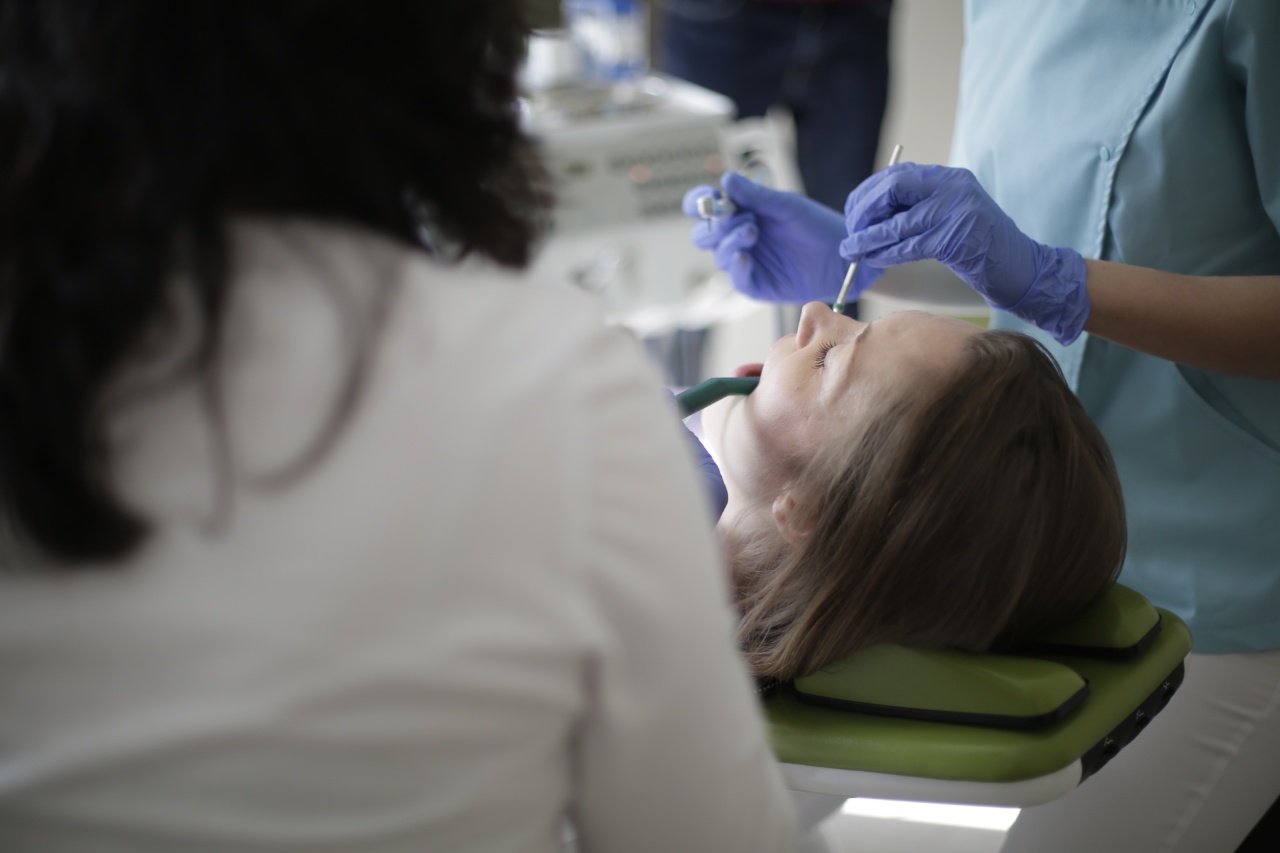A pacemaker is a small device that is implanted under the skin to help regulate the heartbeat. It consists of a generator and leads that are connected to the heart. Pacemakers are commonly used to treat arrhythmias, which are irregular heartbeats.
These devices send electrical signals to the heart to help it beat at a normal pace.
Common Problems with Pacemakers
Pacemakers are generally safe, but like any other medical device, they can encounter problems. Some common issues that patients with pacemakers may face include:.
1. Infection
Since pacemakers are implanted under the skin, there is a risk of infection. Signs of infection include redness, swelling, warmth, and discharge at the site of the pacemaker.
If you experience these symptoms, it is important to seek immediate medical attention.
2. Bleeding
During the placement of a pacemaker, there is a small risk of bleeding. Excessive bleeding may require additional treatment or even surgery to stop the bleeding and ensure the proper functioning of the device.
3. Device Malfunction
Occasionally, pacemakers may malfunction. This could be due to a variety of reasons including a problem with the generator or the leads.
If you notice any changes in your heart rate or experience symptoms such as dizziness or fainting, it is important to contact your healthcare provider as soon as possible.
4. Lead Dislodgment
In some cases, the leads of a pacemaker may become dislodged. This can cause the device to function improperly or not at all. Symptoms of lead dislodgment may include changes in heart rate, chest discomfort, and shortness of breath.
If you suspect that your leads have become dislodged, seek immediate medical attention.
5. Battery Failure
Pacemakers are powered by batteries that typically last for several years. However, over time, the battery may begin to wear out. Signs of battery failure may include a sudden decrease in heart rate or a complete stoppage of the device.
If you notice any changes in the function of your pacemaker, contact your healthcare provider for evaluation.
Emergency Care for Patients with Pacemakers
Patients with pacemakers may require urgent medical attention in certain situations. It is important to act quickly and seek appropriate care when facing any of the following scenarios:.
1. Chest Pain or Discomfort
If you experience sudden or severe chest pain or discomfort, it could be a sign of a heart attack or another cardiac event. It is crucial to seek emergency medical care, as delays in treatment can be life-threatening.
2. Loss of Consciousness
If you lose consciousness, it is essential to seek immediate medical attention. This could signify a serious issue with your pacemaker or your heart’s rhythm.
Prompt medical evaluation is necessary to determine the cause and provide appropriate treatment.
3. Severe Shortness of Breath
If you are having difficulty breathing, especially if it is severe or rapidly worsening, it could indicate a problem with your pacemaker or heart function.
In such cases, it is important to seek urgent care to address the underlying issue and ensure proper oxygenation.
4. Severe Dizziness or Fainting
Episodes of severe dizziness or fainting can suggest a potential issue with your pacemaker. These symptoms may indicate a problem with the electrical signals being sent to your heart.
Seeking immediate medical attention is crucial to prevent further harm.
5. Visible Signs of Pacemaker Malfunction
If you can see physical signs of pacemaker malfunction, such as the device protruding from the skin or visible damage to the leads, it is vital to seek urgent medical care.
Do not attempt to fix or manipulate the pacemaker yourself, as it requires professional assessment and intervention.
Emergency Care Precautions
When seeking emergency care, it is important to inform the healthcare providers about your pacemaker. Provide them with the details of your device, including the manufacturer and model.
This information can help guide their evaluation and ensure appropriate management.
Avoid undergoing magnetic resonance imaging (MRI) or any other imaging tests without first consulting your healthcare provider.
Pacemakers can be affected by strong magnetic fields and may need to be adjusted or temporarily deactivated before such procedures.
Post-Emergency Care
After receiving emergency care, it is crucial to follow up with your healthcare provider for a comprehensive evaluation. They will assess your pacemaker and address any issues that may have caused the emergency situation.
Regular monitoring is essential to ensure the device’s proper functioning and overall heart health.
Conclusion
Pacemakers have revolutionized the treatment of heart rhythm disorders and have greatly improved patients’ quality of life. However, it is important to remain vigilant and be aware of potential problems that may arise.
Prompt recognition of symptoms and seeking urgent care when necessary can significantly improve outcomes for patients with pacemakers.


























